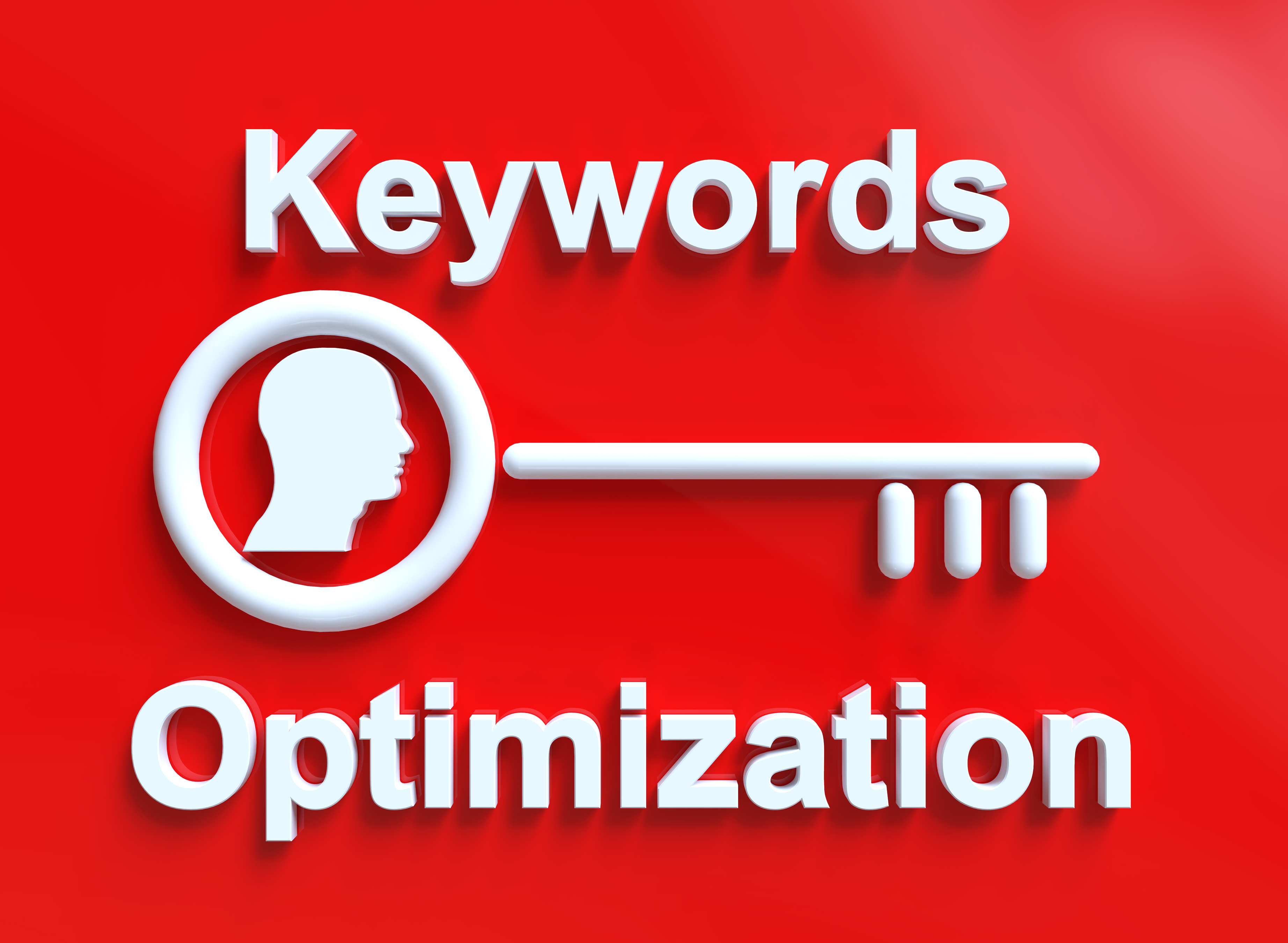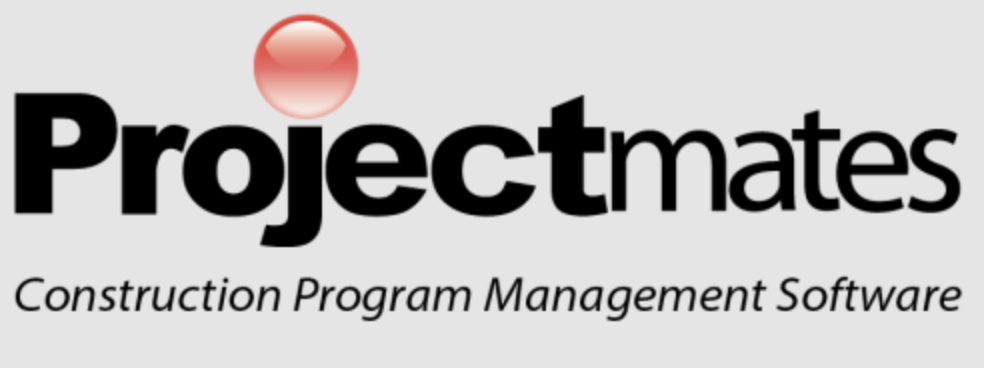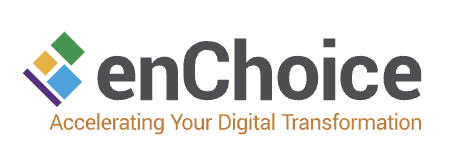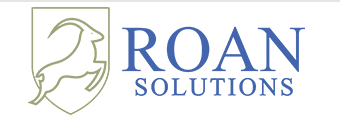3 Onsite SEO Tips for the Internal Pages of Your Website
Categorized in: SEO
 Every single page of your website needs to be optimized for SEO, including those deep internal pages. One very important thing to remember about onsite SEO is that the search engines rank individual pages, not the website as a whole. This means that each page (in theory anyway) has a good chance of showing up in the search results for the right search. Obviously some pages of your website are probably going to do better in terms of attracting links and building search engine trust. People will happily link to your homepage; they don’t usually link to your privacy policy. But there are a lot of pages between your homepage and those “end” pages that need to be there but are hardly ever used. Each and every single one of these internal pages needs to be optimized for SEO.
Every single page of your website needs to be optimized for SEO, including those deep internal pages. One very important thing to remember about onsite SEO is that the search engines rank individual pages, not the website as a whole. This means that each page (in theory anyway) has a good chance of showing up in the search results for the right search. Obviously some pages of your website are probably going to do better in terms of attracting links and building search engine trust. People will happily link to your homepage; they don’t usually link to your privacy policy. But there are a lot of pages between your homepage and those “end” pages that need to be there but are hardly ever used. Each and every single one of these internal pages needs to be optimized for SEO.
Here are 3 tips for optimizing the internal pages of your website for SEO:
1. Don’t repeat your “priority” keywords.
A common onsite SEO mistake I see many site owners make is that they target the same priority keywords, say a short list of ten, on page after page of their website (especially if those pages are connected by the site structure and navigation). While I can understand the rationale behind targeting the same keywords again and again, you’re actually undermining the effectiveness of your onsite SEO by doing this. By repeating your priority keywords on those deep pages of your site you are hindering their chances of doing well in the SERPs. Chances are your deep pages don’t get quite as many links as high level pages, nor do they have the same level of search engine trust, so those high level pages are almost always going to outrank deeper pages if they both target the same keywords. Repeating keywords can actually cannibalize your potential SEO success!
2. Make sure your deep pages are properly interlinked into your site.
Not every page of your site needs to be in the high level navigation or the footer (those are typically the most important pages on your site) but no page can be an island either. No matter how deep a page may be buried in your site it needs to be properly interlinked into the overall site structure. Internal linking in a crucial component of onsite SEO because it helps spread the link juice and search engine love from the top down (and horizontally) throughout your site. Pages that aren’t connected to the rest of your site also run the risk of not being crawled and indexed by the search engines meaning your onsite SEO is doing you no good.
3. Go after the long tail keywords.
Those deep, internal pages of your site are the perfect place to target long tail variations of your priority keywords. I know a lot of site owners get blinded by the search volume and think “Why bother with a keyword that only gets 100 searches each month when this keyword get 3,500?” But those long tail keywords are typically going to drive the most targeted visitors to your site. Let’s say you target 20 new, long tail keywords on your internal pages with your onsite SEO. If each of those keywords sent only 5 new visitors to your site that’s 100 new, qualified visitors each month! I can’t think of any business that wouldn’t want 100 people that are looking to convert coming to their site.
LIKE AND SHARE THIS ARTICLE:






















































